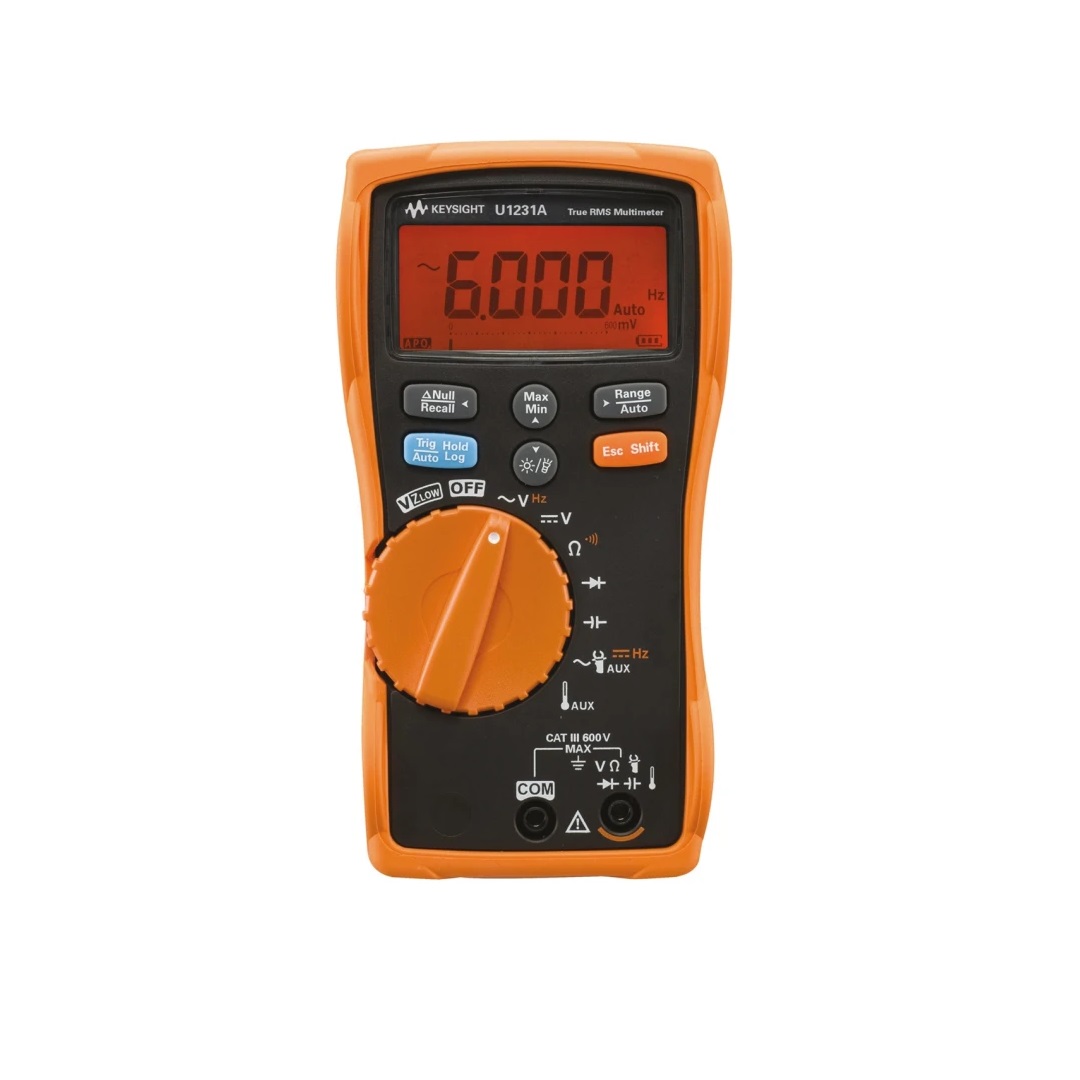
Whether it is dark, noisy, or even dangerous, the U1230 Series handheld digital multimeter keeps you equipped with features that anticipate worst-case scenarios. The ergonomic shaped handheld allows you to single-handedly illuminate the test area with a built-in flashlight while selecting measurement functions using the rotary dial. Vsense performs non-contact voltage detection while continuity detection is made easy with the audible beeper alert and flashing backlight display. With the U1230 Series, you work better in the conditions you are in complications.
Powered by Froala Editor
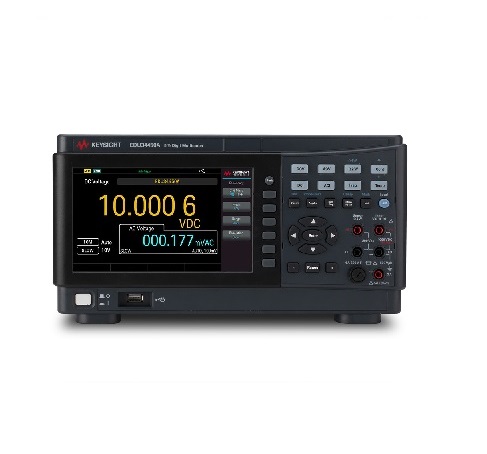
The Keysight EDU34450A is a modern benchtop digital multimeter (DMM) that is part of the Keysight Smart Bench Series of four unique instruments that harness one powerful graphical interface to connect, control, and capture measurement data. It features 5.5 digits of resolution and up to 110 readings/s measuring rate for speed-critical tests.
Powered by Froala Editor
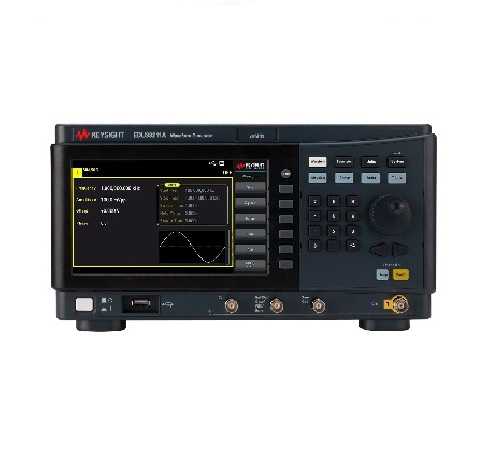
The Keysight EDU33210 Series function / arbitrary waveform generator is part of the Keysight Smart Bench Essentials (SBE) Series of four unique instruments that harness one powerful graphical interface to connect, control, and capture measurement data. It also comes with PathWave BenchVue Waveform Builder software
Powered by Froala Editor
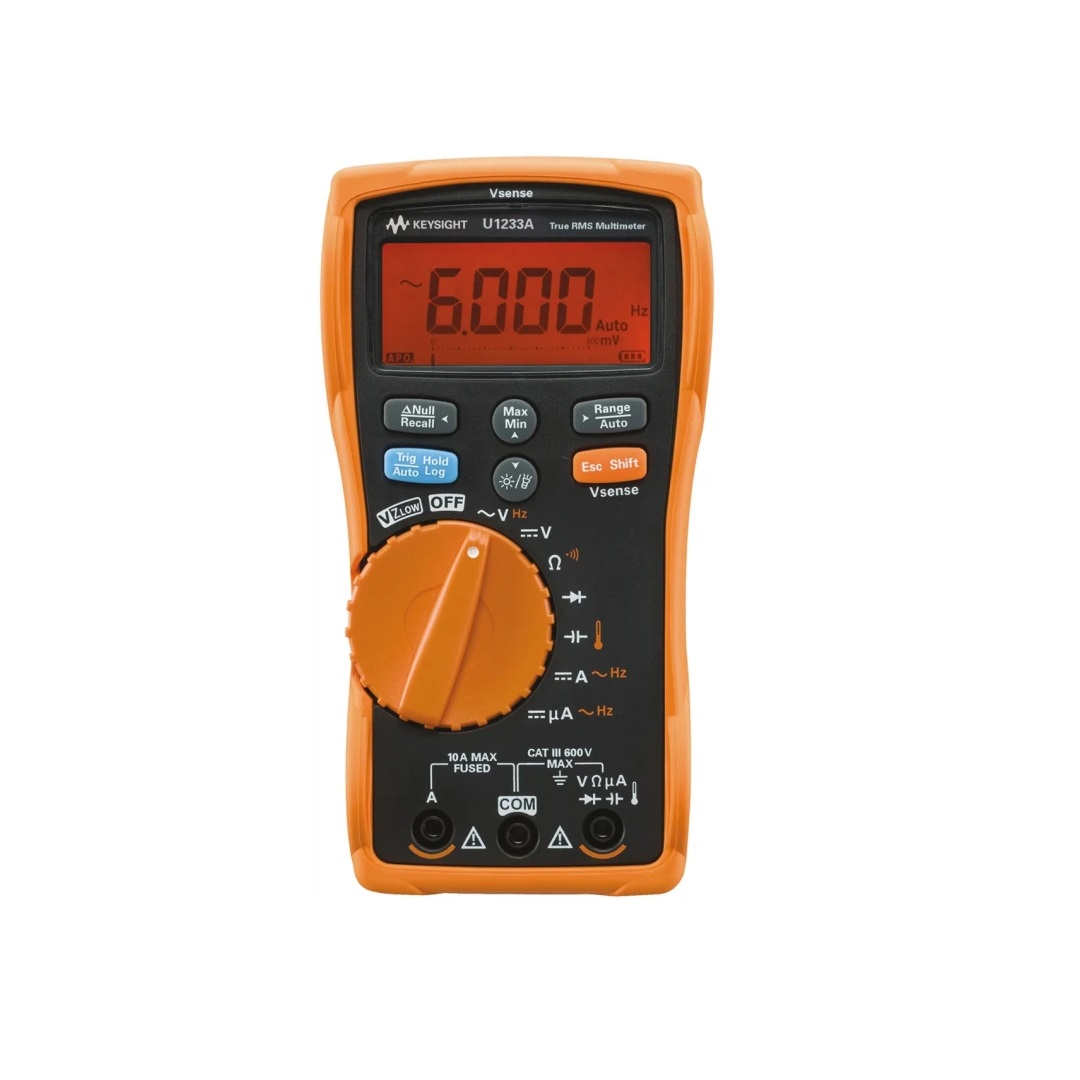
Whether it is dark, noisy, or even dangerous, the U1230 Series handheld digital multimeter keeps you equipped with features that anticipate worst-case scenarios. The ergonomic shaped handheld allows you to single-handedly illuminate the test area with a built-in flashlight while selecting measurement functions using the rotary dial. Vsense performs non-contact voltage detection while continuity detection is made easy with the audible beeper alert and flashing backlight display. With the U1230 Series, you work better in the conditions you are in complications.
Powered by Froala Editor
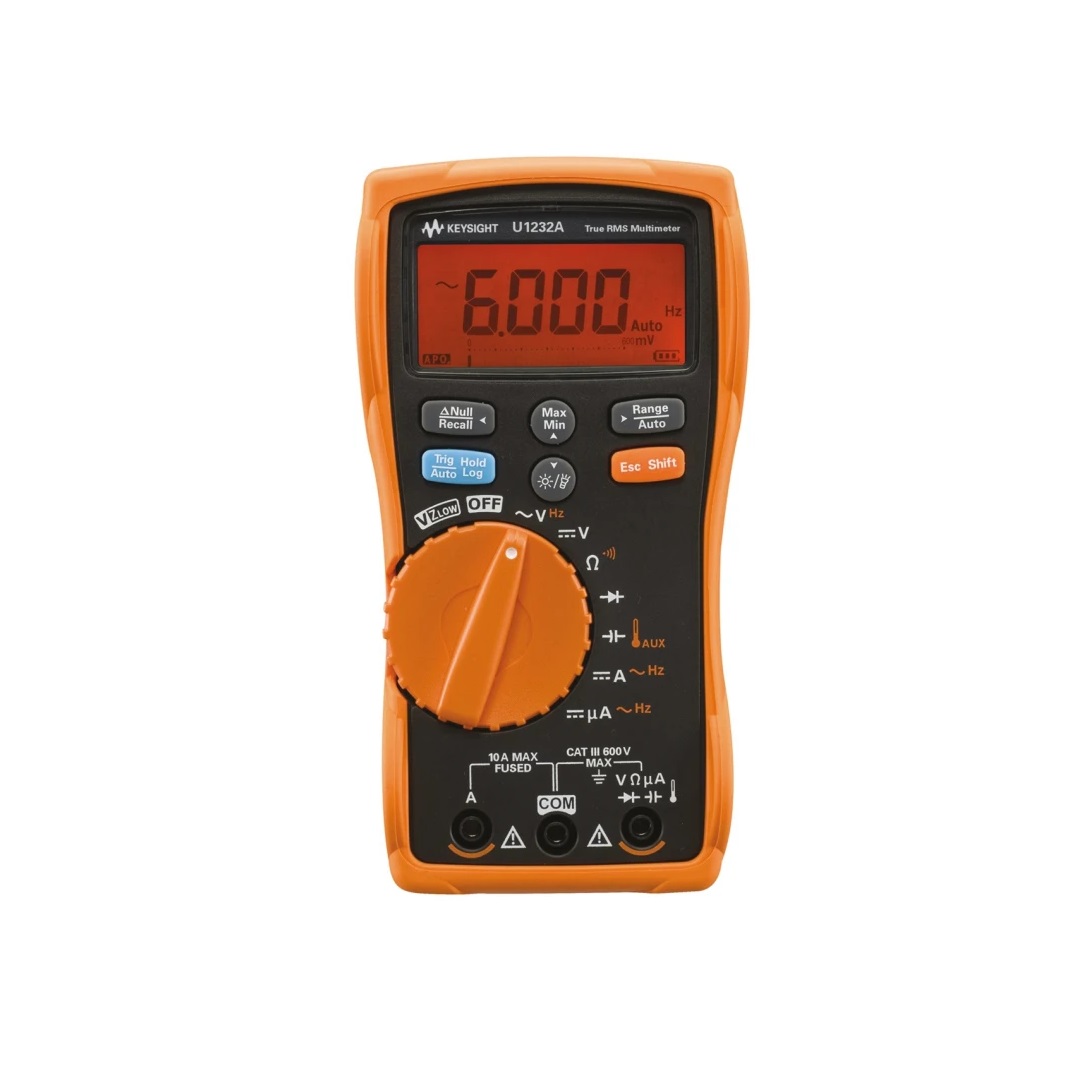
Whether it is dark, noisy, or even dangerous, the U1230 Series handheld digital multimeter keeps you equipped with features that anticipate worst-case scenarios. The ergonomic shaped handheld allows you to single-handedly illuminate the test area with a built-in flashlight while selecting measurement functions using the rotary dial. Vsense performs non-contact voltage detection while continuity detection is made easy with the audible beeper alert and flashing backlight display. With the U1230 Series, you work better in the conditions you are in complications.
Powered by Froala Editor